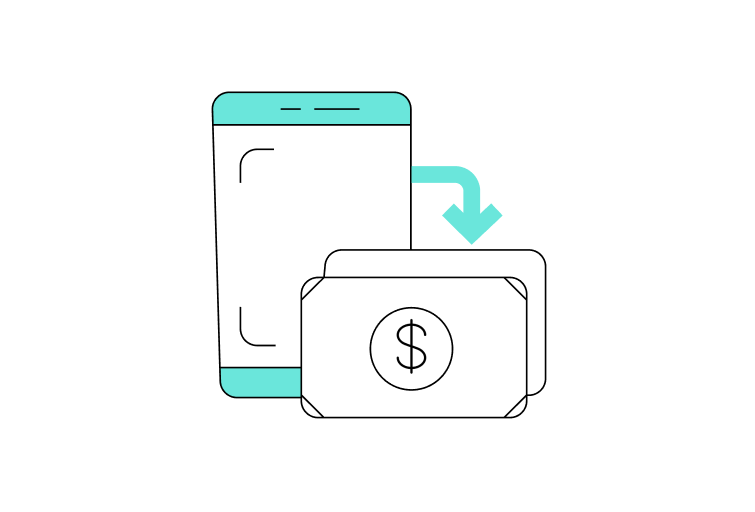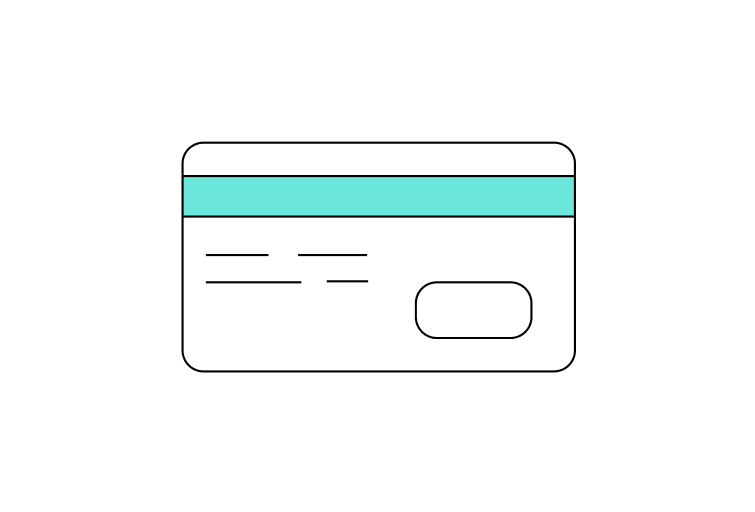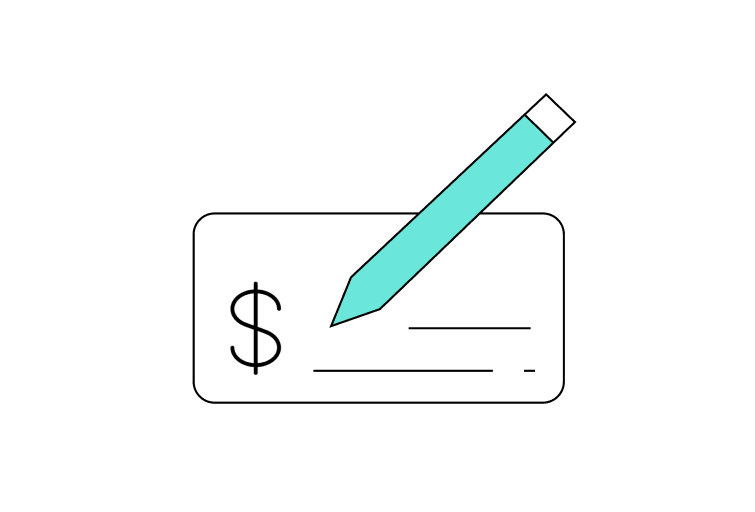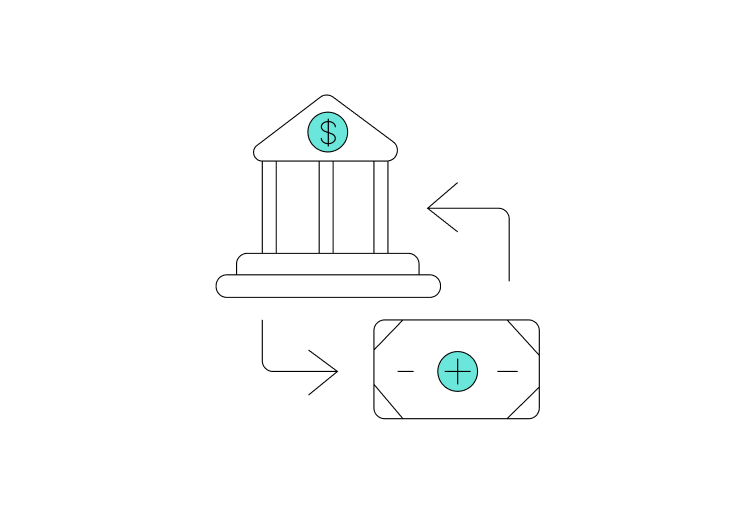Partner(s)
Platform
Bend Financial’s user-experience driven platform, Bend HSA, is entirely proprietary. This gives Bend the freedom to continually update and innovate, based on client and stakeholder feedback.
Employer’s should partner with an HSA administrator that continually invests in their platform to ensure it’s as robust and innovative tomorrow as it is today. Bend is continually making technological enhancements to their platform, whether it be the use of artificial intelligence, automation software, or product scanning to help employees make the right choices, or automated processes to reduce or eliminate the work for employers to manage the program.
Bend leverages the latest technologies, including AI and machine learning, to offer an entirely new and truly unique approach to engagement, funding, saving and payment, while guiding its users like a GPS for their HSA.
Fees
Q: What is the monthly maintenance fee charged by Bend?
The monthly maintenance fee is $1.75 per employee/per month (PEPM). Bend does not charge employees any monthly account maintenance fees for its core HSA.
Q: Is the employer or the employee expected to pay the maintenance fee?
The employer pays the $1.75 monthly maintenance fee. Bend does not charge employees any monthly account maintenance fee for its core HSA. All other fees are the responsibility of the employee.
Q: What is the balance required to avoid the maintenance fee?
N/A
Q: What other fees are on the Bend fee schedule?
Investments
Investment FAQs
Q: Does Bend offer a pre-selected investment lineup? Self-directed brokerage account? Or both?
Bend offers account holders a well-designed, pre-selected investment lineup composed of 34 mutual funds via HSA Saver, UMB Healthcare Services investment platform. The lineup includes many top line low expense ratio funds. Bend does not offer a self-directed brokerage account.
Q: Does Bend charge a fee to access the pre-selected investment account?
Bend charges participants $3.00 per month to access investments.
Q: Is there a minimum account balance before employees can start investing their HSA dollars?
Bend has established an investment threshold of $1,000 to ensure funds are available for short-term, qualified medical expenses.
Q: What invesmtent vehicles are available to employees in the pre-selected investment lineup?
Here is a link to view the list of mutual funds available through UMB HSA Saver.
Q: Does Bend have an investment sweep feature?
Yes. Bend allows users to setup an automatic sweep so they can set the investment choice and the system will automatically sweep funds into the investment choices.
Q: If a small business wanted to customize a pre-selected investment lineup, would Bend be able to cary this out?
A few administrators offer an open architecture framework that allows for investment lineup customization enabling 401K mirroring. While this option is available, not all employers qualify. Please consult a Bend sales person for more information.
Q: Is the investment account tighty integrated with the HSA platform? Does it require one or two passwords to get to the investment account?
Yes. Members will login to Bend, and manage all aspects of their account from there, without needing to login to any other systems.
Q: What are the interest rates offered by Bend?
Bend offers participants an FDIC-insured, interest bearing account through their bank partner, UMB Bank. This is the default option when opening an HSA with Bend. Click here to see Bend’s interest rates.
Payments
The overwhelming majority of HSA users are spenders and they’re going to want to pay their healthcare bills with familiar and convenient methods such as debit cards, online bill pay, and checks.
Employers should partner with administrators that are quickly evolving with the digital transformation taking place in healthcare payments. For example, a trend we are currently seeing is the adoption of virtual cards (Apple Pay and Android Pay). Online bill pay has also been gaining traction as more and more providers—and payers—are moving to electronic payments every day. On ther other side of things, check payments are slowly being phased out as the healthcare payment revolution has progressed.
Bend currently allows participants to pay for qualified medical expenses with a debit card. Per company sources, bill pay will be available in the near future.
Reimbursement
When employees pay for qualified medical expenses out-of-pocket, they should be able to access their HSA dollars multiple ways whether it be via online transfers, check disbursements, or ATM withdrawals.
Generally, the best way for employees to reimburse themselves is with electronic funds transfers (EFT) that are processed through the Automated Clearing House (ACH) network. EFTs are easy, speedy, cost-effective, paperless, safe and secure.
Bend participants can reimburse themselves via transfers. Checks are not provided, however users can order checks on their own and write checks against their account. No ATM withdrawals allowed with the Bend HSA debit card.
Features
Employees will receive a personalized Bend branded MasterCard for qualified medical expenses. They can use the card at the doctor's office, pharmacy, or any other qualified medical expense provider where MasterCard is accepted. Any time participants use their Bend card, the transaction details will automatically be available when they log into their HSA account.
Employees will undoubtedly want a mobile app that allows them to securely access their HSA account by providing real-time, convenient access when they need it most. A robust mobile application will result in a positive employee experience.
Bend’s website is mobile optimized and all functionality works in mobile. That said, they recently launched a mobile app and early users seem to like it.
Bend lets employers manage their contribution in the way(s) that work best for them. One-time or recurring scheduled contributions that can be easily connected to an employer’s bank account. Employers can set and automatically contribute as they see fit without any extra work each month. This can all done through the employer dashboard, no need to fill out paperwork to make contribution changes.
Another of Bend’s unique features are the ability for employees to manage payroll deduction changes on their website, as often as they need to. They also have the concept of a “One-time Lift” where an employee can increase the amount of the next payroll deduction (or set a one time payroll deduction), without changing future payroll deduction amounts. This is very beneficial when a specific out of pocket expenses comes up, or for members that were not regularly contributing. Allowing these contribution changes to flow through payroll ensures employers and employees are maximizing their FICA tax savings. Bend automates the backend process by connecting to the employer’s payroll system and updating the payroll system, eliminating the need for the employer to manage ongoing payroll changes in any system.
Maintaining records for HSA-qualified expenses are made easier by providers who offer an “electronic shoebox” feature. HSA owners need to keep accurate records, making a receipt storage and expense tracking tool a must to substantiate qualified medical expenses with receipts and appropriate documentation when the IRS comes knocking on the door.
Bend allows employees to electronically upload and categorize receipts and other documents so they can view them later.
Employees can add an expense and save it for reimbursement at any time in the future. For purchases not made on the Bend debit card, they can add expenses to be reimbursed.
Most impressively, Bend has a unique feature where employees can connect their regular payment accounts (checking account, credit cards, or any other account they use to pay their day to day expenses), and once this connection is made, Bend will find potentially eligible expenses they employee incurred out of pocket and pull them into the HSA for proper treatment and storage. Bend’s Artificial Intelligence technology finds the expenses, pre-categorizes them, and then guides the users towards the next appropriate action. This means the document storage system is filled automatically for users, and their system leaves no expenses behind.
When evaluating an administrator, It's important to take into account the amount of education the administrator offers. An HSA administrator should make employee education a top priority, so each employee is able to make the best decision possible for his or her situation and maximize the benefits of an HSA. To that end, an effective administrator should offer engaging information in several formats, such as print, internet and social media, and provide updates to this information throughout the year.
Bend uses artificial intelligence (AI) to effectively communicate and educate account holders. Bend learns about an accountholder's unique account attributes or HSA account utilization behaviors and then strategically deploys information nuggets at the optimal time. This functionality is incredibly helpful and should ultimately help employees save more and spend more wisely on healthcare services by delivering a useful message to the appropriate person at the optimal time.
An HSA administrator should provide a comprehensive range of support services for employers and employees. Once employees sign up and are presented with the benefits of an HSA, they are sure to have a lot of questions. An HSA administrator should have an experienced, dedicated support team and provide top-notch customer service and account management.
Bend was created to serve those with HSAs. That’s their only focus. This is important because all of Bend’s time and energy goes towards improving their HSA offering. They are not part of a conglomerate trying to compete for capital and resources. Even though Bend has only been around a few years, their leadership team has been in the space for many years and we are confident that they will provide superior experience than the majority of HSA providers out there.
For your employees Bend has a dedicated support team to help answer all HSA-related questions. They offer on-demand support via phone, conversational assistance (chat-bot) and e-mail.
In terms of support services for an employer, you want an administrator that appoints a relationship manager to help with day-to-day questions. Bend is committed to ease of implementation and excellent service for employers, and assigns dedicated account managers to its clients
In terms of value-added partnerships, Bend partners with UMB Bank for banking services as well as technology partners when appropriate to help speed development and create a better user experience. It’s important to note that Bend is a very young company and we expect them to partner with additional companies in the future.
HSAs need to work with your existing benefits and payroll systems to enable automated scheduled HSA contributions and eliminate paperwork. Through payroll integration, the burden of calculations, remittance and compliance is taken off the small business person's hands. For this reason, it’s important to choose an administrator that integrates with your payroll provider.
Bend integrates seamlessly with payroll providers to eliminate the work for employers.
In today’s world, managing health care claims is becoming more and more complex. With claims integration your employees’ insurance information is fed directly to their HSA, which gives them easy access to their health records and medical claims in one place. Employees’ can see if they’re using in-network providers, which provider is billing for each individual service, and if the right codes have been applied to ensure proper coverage. Additionally, employees are also provided with information regarding their deductibles, co-pays, and out-of-pocket maximums. Certainly, there’s numerous advantages to integrating a health plan with an HSA, but should not be the most important factor in chosing an HSA administrator.
Currently Bend does not have claims integration, but they are adding claims integration in 2020, as well as deductible tracking capabilities.
How complex (or not) is your benefits strategy and structure? If your benefits are fairly simple – medical/prescription insurance only; one plan; one set of rates; one uniform contribution strategy; one carrier… you get the point – your benefits administration needs are fairly simple too, and your technology solution doesn’t have to carry a lot of firepower.
On the other hand, if you offer your employees multiple lines of coverage and multiple plan options within some of those lines; you have multiple divisions and/or employee classes, each with a unique premium contribution strategy; and you layer on top of that wellness incentives, spousal surcharges, voluntary benefits, employer funding of an HRA or HSA, and more, well then, you have an entirely different benefits administration need and your technology solution has to be robust.
Bend’s singular focus is HSAs. They don’t offer any other benefit programs.
Vendor Strengths and Cautions
Strengths (+)
Deep, talented and experienced management team
Use of AI to educate customer
Proprietary and integrated HSA platform
Committed to being a cost-effective, feature rich HSA administrator
Gives spending and investing tools equal weight and presence
Access to a broad variety of investments via UMB’s HSA Saver
Robust mobile app
Frictionless movement of money across multiple accounts
Cautions (-)
Startup founded in 2017
Bend’s offering is still being built out and refined
No deductible tracking capabilities
Offers fewer access channels to HSA funds than competitors








